
Time is gold: Lead Time, Lag Time, Cycle Time, Reaction Time, Flow Time, Takt Time
Last updated: February 16, 2024 Xem trên toàn màn hình
- 11 May 2021
 Khác nhau giữa Padding và Buffer trong quản lý rủi ro dự án 89/982
Khác nhau giữa Padding và Buffer trong quản lý rủi ro dự án 89/982 - 04 Mar 2020
 Kinh nghiệm lập dự toán chi phí dự án phần mềm theo phương pháp Man-Month 51/2656
Kinh nghiệm lập dự toán chi phí dự án phần mềm theo phương pháp Man-Month 51/2656 - 01 Jul 2023
 Phương pháp Shuhari - Làm sao học ít hiểu nhiều? 27/1049
Phương pháp Shuhari - Làm sao học ít hiểu nhiều? 27/1049 - 15 Apr 2020
 Phần mềm BPM là gì? So sánh với ERP và các phần mềm Workflows 26/620
Phần mềm BPM là gì? So sánh với ERP và các phần mềm Workflows 26/620 - 14 Aug 2022
 Khác biệt giữa tiêu chí hoàn thành DOD (Definition of Done) với tiêu chí nghiệm thu (Acceptance Criteria) 26/568
Khác biệt giữa tiêu chí hoàn thành DOD (Definition of Done) với tiêu chí nghiệm thu (Acceptance Criteria) 26/568 - 07 Jan 2025
 Phân biệt Proxy, HMA và VPN 23/315
Phân biệt Proxy, HMA và VPN 23/315 - 01 Jan 2024
 Tổng hợp 25 quy luật quan trọng trong quản lý dự án 20/552
Tổng hợp 25 quy luật quan trọng trong quản lý dự án 20/552 - 19 Aug 2020
 Lift & Shift - Phương pháp tối ưu dịch chuyển hệ thống phần mềm qua đám mây 18/198
Lift & Shift - Phương pháp tối ưu dịch chuyển hệ thống phần mềm qua đám mây 18/198 - 12 May 2021
 Các yêu cầu thay đổi (Change Requests) - nỗi ám ảnh của team dự án phần mềm 16/408
Các yêu cầu thay đổi (Change Requests) - nỗi ám ảnh của team dự án phần mềm 16/408 - 01 Sep 2020
 Co-founder là gì? Vai trò của các Co-Founder khi lập nghiệp. 16/264
Co-founder là gì? Vai trò của các Co-Founder khi lập nghiệp. 16/264 - 01 Apr 2022
 Chi phí nhà thầu phụ chiếm bao nhiêu phần trăm gói thầu? 16/177
Chi phí nhà thầu phụ chiếm bao nhiêu phần trăm gói thầu? 16/177 - 25 Apr 2018
 Bảo hộ bản quyền phần mềm dưới khía cạnh sở hữu trí tuệ như thế nào? 14/187
Bảo hộ bản quyền phần mềm dưới khía cạnh sở hữu trí tuệ như thế nào? 14/187 - 01 Aug 2022
 "Sponsored Content" là gì? Khác nhau giữa Sponsored Content và Native Advertising? 14/873
"Sponsored Content" là gì? Khác nhau giữa Sponsored Content và Native Advertising? 14/873 - 03 Feb 2020
 Sản phẩm OEM và ODM là gì? 11/529
Sản phẩm OEM và ODM là gì? 11/529 - 04 Jan 2023
 Đánh giá nhân sự theo chuẩn người Nhật 11/439
Đánh giá nhân sự theo chuẩn người Nhật 11/439 - 17 Aug 2020
 Mục tiêu dự án là gì? Làm thế nào để xác định mục tiêu? 10/288
Mục tiêu dự án là gì? Làm thế nào để xác định mục tiêu? 10/288 - 08 Aug 2023
 Mất kiểm soát phạm vi dự án (Scope Creep) và hiệu ứng quả cầu tuyết (snowball) 10/242
Mất kiểm soát phạm vi dự án (Scope Creep) và hiệu ứng quả cầu tuyết (snowball) 10/242 - 12 Jan 2024
 Tư duy hệ thống trong Quản Lý Dự Án diễn ra như thế nào? 10/246
Tư duy hệ thống trong Quản Lý Dự Án diễn ra như thế nào? 10/246 - 01 Aug 2021
 Hiện tượng Gold plating (mạ vàng) là gì? Tại sao có ảnh hưởng quyết định đến chất lượng dự án? 9/375
Hiện tượng Gold plating (mạ vàng) là gì? Tại sao có ảnh hưởng quyết định đến chất lượng dự án? 9/375 - 01 Feb 2022
 Thách thức với doanh nghiệp chuyển đổi số trong thời đại VUCA 9/756
Thách thức với doanh nghiệp chuyển đổi số trong thời đại VUCA 9/756 - 09 Feb 2021
 Tầm nhìn là gì? Tí dụ minh họa cụ thể về tầm nhìn 8/152
Tầm nhìn là gì? Tí dụ minh họa cụ thể về tầm nhìn 8/152 - 08 Mar 2020
 Vì sao doanh nghiệp cần phải tạo Web bán hàng? 7/173
Vì sao doanh nghiệp cần phải tạo Web bán hàng? 7/173 - 14 May 2024
 Chiến lược răng lược là gì? Làm thế nào để tận dụng chiến lược răng lược trong kinh doanh? 7/233
Chiến lược răng lược là gì? Làm thế nào để tận dụng chiến lược răng lược trong kinh doanh? 7/233 - 01 May 2023
 [Tư vấn CNTT] Quản lý ngân sách CNTT cho doanh nghiệp 7/206
[Tư vấn CNTT] Quản lý ngân sách CNTT cho doanh nghiệp 7/206 - 01 May 2022
 Có thể xác định vị trí địa lý của địa chỉ IP với độ chính xác đến từng địa chỉ con phố? 7/500
Có thể xác định vị trí địa lý của địa chỉ IP với độ chính xác đến từng địa chỉ con phố? 7/500 - 03 Oct 2021
 Khác biệt giữa thiết kế phần mềm và thiết kế công trình xây dựng 6/523
Khác biệt giữa thiết kế phần mềm và thiết kế công trình xây dựng 6/523 - 18 Mar 2018
 Dịch vụ Hosting cho Website là gì? Các lời khuyên chọn Hosting tốt nhất 5/263
Dịch vụ Hosting cho Website là gì? Các lời khuyên chọn Hosting tốt nhất 5/263 - 08 Mar 2022
 Mô hình nguồn mở hoạt động ra sao? 5/219
Mô hình nguồn mở hoạt động ra sao? 5/219 - 04 Sep 2023
 Giải mã nhóm tính cách (ISTP - Nhà kỹ thuật) 5/257
Giải mã nhóm tính cách (ISTP - Nhà kỹ thuật) 5/257 - 14 Aug 2023
 Công bằng phân phối (distributive justice) giúp "virtual team" làm việc hiệu quả hơn như thế nào? 5/30
Công bằng phân phối (distributive justice) giúp "virtual team" làm việc hiệu quả hơn như thế nào? 5/30 - 17 Feb 2018
 Hệ luỵ khi sử dụng Web Hosting từ nhà cung cấp kém chất lượng 2/165
Hệ luỵ khi sử dụng Web Hosting từ nhà cung cấp kém chất lượng 2/165
“Time is more precious than gold, more precious than diamonds, more precious than oil or any valuable treasures. It is time that we do not have enough of; it is time that causes the war within our hearts, and so we must spend it wisely.”
Lead time
Lead time is the time measured from the moment a client puts in an order to when the final product gets delivered.
This can be easily understood by thinking of the total time it takes for the client to receive the product from the moment they put in the order to the moment they receive the shipment.
Lead Time is Cycle Time plus the additional amount of time it takes for production to begin and the time it takes to deliver the finished product.
Lead time measures the time elapsed from the point a piece of work – such as defect or feature – is requested (usually by a customer) to the point that it’s delivered. For example, a defect’s lead time starts at the point a customer reports the problem and ends when the fix has been delivered in a patch or version of the software. For new functionality requested, lead time would be measured from the moment a customer requests a new feature to the point it is made available in the software.
Lag time
A time lag is a fairly long interval of time between one event and another related event that happens after it.
If lag is associated with delay, “lead” is the amount of time by which a successor task can be advanced with regard to its predecessor. If adding lag will result in delaying a project, adding lead to dependent tasks on a critical path may reduce the time required to complete the project.
Flow time
Flow time, on the other hand, measures the time it takes for a work item to go from the point that it is accepted into the value stream – i.e., from its first “active state” – to when it’s available to the customer (deployed or delivered). Let’s break that down a bit. All work items go through various workflow states like New, In Progress, In Dev, In Review, Verification and so forth.
These states can be generalized into four broad states:
- New (work item is created)
- Active (when value adding work is being carried out on the item)
- Wait (item is waiting on external dependencies)
- Done (complete state)
A work item can be “accepted” into the value stream at different points of the workflow. For example, incidents that are escaped defects (a bug found in software in production) will enter the value stream as soon as triage is complete and it is determined that a patch or service release is required. New enhancements may only be accepted into a value stream when it is scheduled in the backlog.
Cycle time
Cycle Time is the amount of time a team spends actually working on producing an item, up until the product is ready for shipment. It is the time it takes to complete one task. This includes time spent producing the item and the wait stages (amount of time the task is left ‘waiting’ on the board) between active work times.
Cycle time is what most people conventionally think of when they mistakenly use “lead time” and “takt time” interchangeably.
Reaction time
Reaction time or response time refers to the amount of time that takes place between when we perceive something to when we respond to it.
Takt Time
Takt Time in German means rhythm. It is the steady ‘beat’ to which production must follow to satisfy the demands of the customer.
Takt time is the rate at which manufacturing processes and systems need to complete the production in order to meet the customer's request. Therefore, this is less of measuring the total time it takes to complete a segment or the entirety of the production.
Takt time measures the pace at which work must be done to deliver what has been promised. Takt time can be measured manually or can be automated with takt time solutions.
TIGO Solutions
Time is Gold!








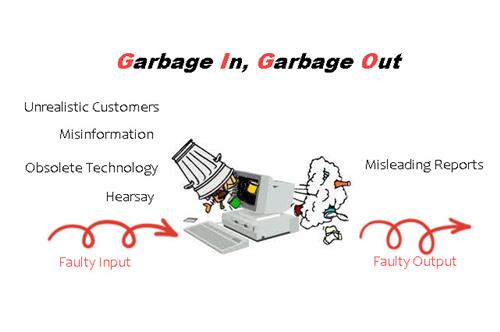
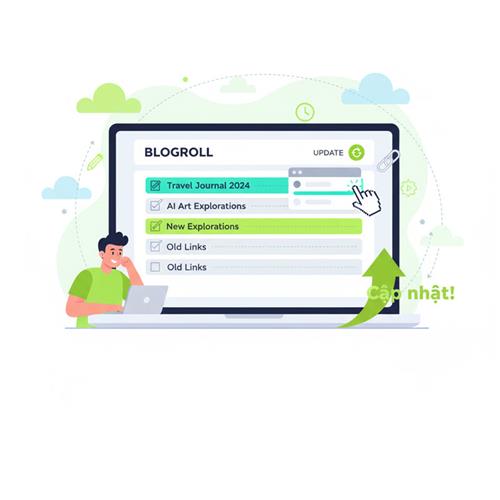




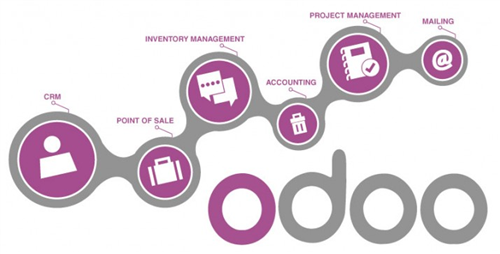






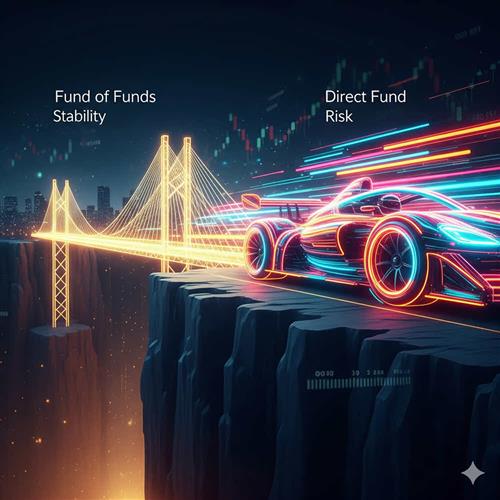

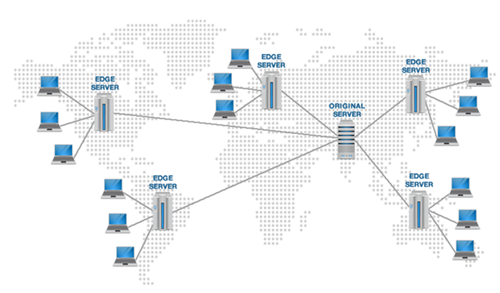





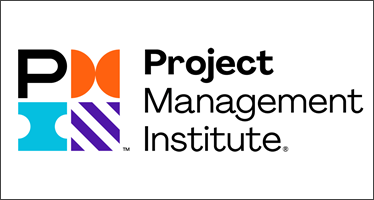



 Link copied!
Link copied!
 Mới cập nhật
Mới cập nhật